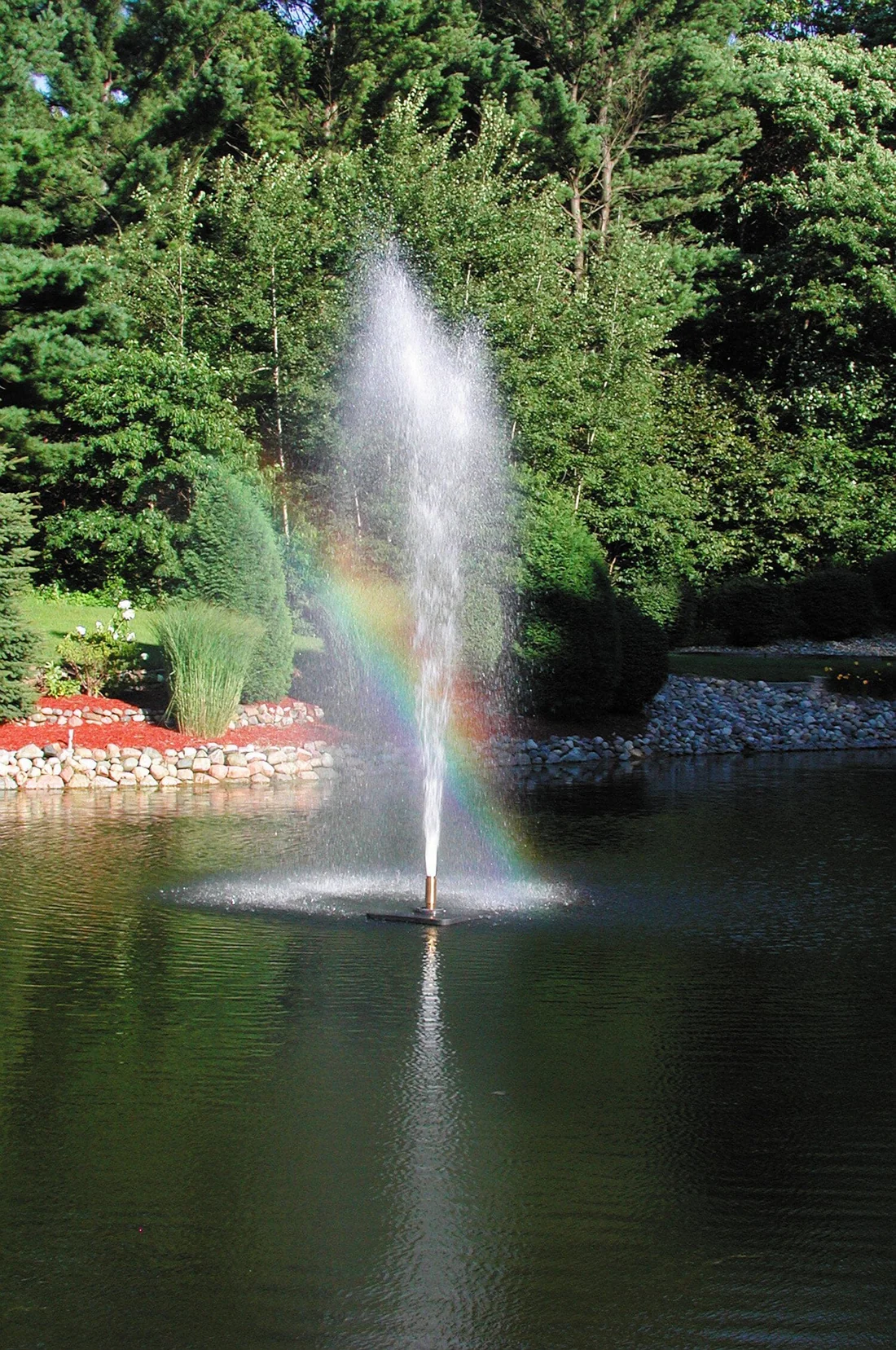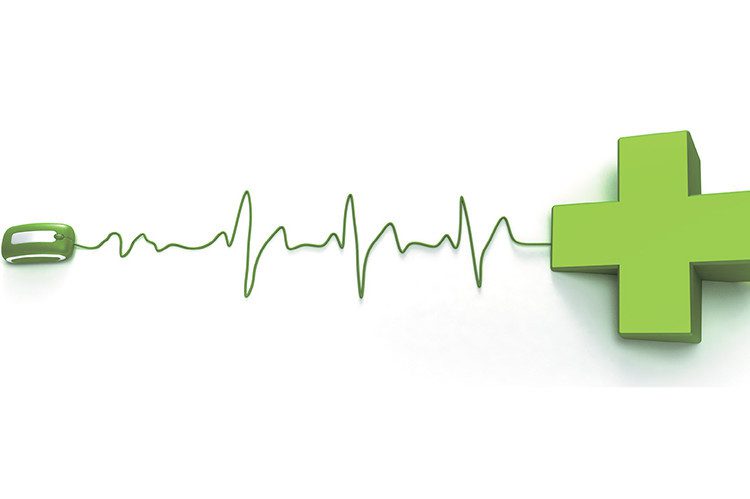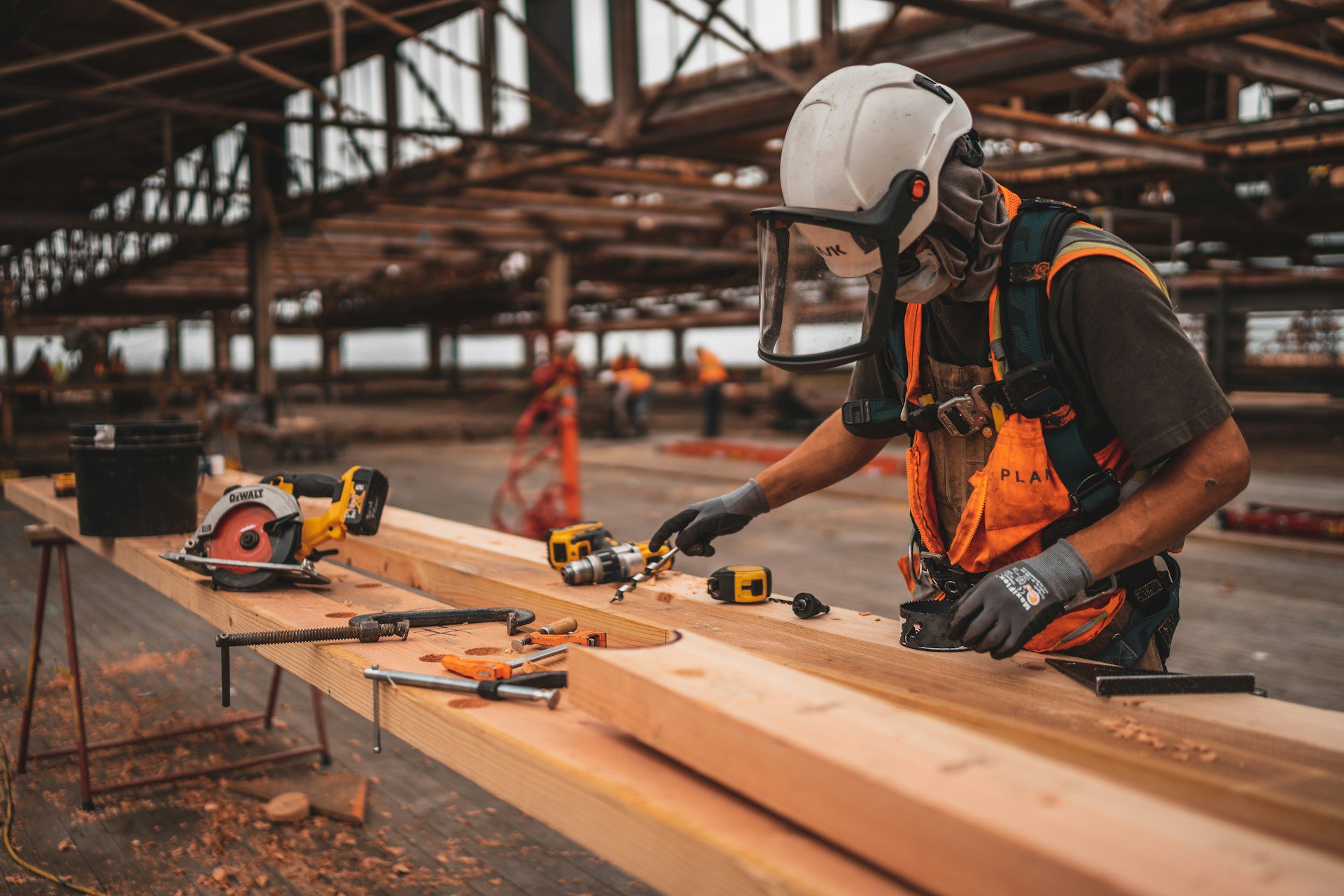
Selecting the right pond fountain transforms a simple water feature into a thriving aquatic ecosystem. Many property owners struggle with murky water, foul odors, and declining fish populations because they overlook this crucial investment. The right fountain system addresses these problems while creating an attractive focal point for any landscape.
When researching fountain options, you’ll discover that quality brands like Scott fountains have built strong reputations for reliability and performance in pond aeration systems. These proven manufacturers offer different aeration capabilities, spray patterns, and power requirements that directly impact water quality. Understanding these differences helps you make an informed decision that matches your pond’s specific needs and your aesthetic preferences.
Contents
Understanding Fountain Types and Their Functions
Surface Fountains: These units float on the water’s surface and create dramatic visual displays through various spray patterns. They excel at oxygenating the upper water layers and work best in ponds deeper than three feet. Surface fountains typically handle decorative and aeration needs simultaneously, making them popular choices for residential applications.
Submersible Systems: Positioned below the waterline, these fountains focus primarily on water circulation and aeration rather than visual appeal. They operate more efficiently in shallow ponds and consume less electricity than surface models. Submersible units also face fewer weather-related disruptions since ice formation poses minimal operational threats.
Sizing Your Fountain System Correctly
Power Requirements Based on Pond Size: Smaller ponds under half an acre need fountains with 1/2 to 1 horsepower motors for adequate circulation. Medium ponds spanning one to three acres require 2-3 horsepower units to maintain proper oxygen levels. Larger water bodies demand 5+ horsepower systems to ensure complete water turnover and prevent stagnation in remote areas.
Depth Considerations: Shallow ponds under four feet deep benefit from submersible fountains that won’t disturb bottom sediment excessively. Deeper ponds accommodate surface fountains more effectively since the spray height creates better aeration without reaching the pond bottom. Consider seasonal depth changes when selecting equipment, as some areas experience significant water level fluctuations.
Essential Features to Evaluate
Spray Pattern Options: Different nozzle configurations create unique visual effects and aeration levels. Geyser patterns produce tall, single columns ideal for narrow spaces, though they provide limited surface aeration. Multi-tier displays spread water across wider areas, maximizing oxygen transfer while creating impressive visual appeal.
Timer Controls: Programmable timers reduce energy costs by operating fountains during optimal periods. Running systems during daylight hours supports photosynthesis in beneficial aquatic plants and algae. Night operation may disturb wildlife, so many pond managers prefer daytime-only schedules unless specific water quality issues require continuous operation.
Consider these key factors when comparing fountain models:
- Motor efficiency ratings determine long-term electricity costs and environmental impact.
- Warranty coverage protects your investment against premature failures and manufacturing defects.
- Maintenance requirements affect ongoing operational costs and system reliability over time.
- Weather resistance ensures consistent performance through seasonal temperature and precipitation changes.
- Installation complexity impacts initial setup costs and determines whether professional help becomes necessary.
Installation and Placement Strategies
Optimal Positioning: Place fountains away from pond edges to prevent spray drift onto surrounding landscapes and structures. Central locations provide the best water circulation patterns, reaching all pond areas effectively. Avoid positioning near overhanging trees that drop leaves and debris, which can clog intake screens and reduce system efficiency.
Electrical Safety Requirements: All fountain installations require Ground Fault Circuit Interrupter (GFCI) protection to prevent electrical hazards around water. Underwater electrical connections need waterproof housings rated for continuous submersion. Consider hiring licensed electricians for complex installations involving long cable runs or multiple electrical circuits.
Maintenance Planning and Seasonal Considerations
Regular Cleaning Schedules: Monthly intake screen cleaning prevents debris accumulation that reduces water flow and motor efficiency. Seasonal nozzle inspection ensures proper spray patterns and identifies wear that affects performance. Oil changes for air-cooled motors extend equipment life and maintain optimal operating temperatures during peak usage periods.
Winter Preparation: Northern climates require fountain removal or specialized ice prevention equipment to avoid freeze damage. De-icing units allow year-round operation in moderate climates but increase energy consumption significantly. Some pond owners prefer seasonal shutdown approaches that reduce maintenance costs while protecting expensive equipment from harsh weather conditions.
Conclusion
Choosing the right pond fountain requires balancing aesthetic preferences with practical water management needs. Consider your pond’s size, depth, and environmental conditions when evaluating different systems and their long-term operational requirements. The investment in quality aeration equipment pays dividends through improved water clarity, reduced maintenance needs, and healthier aquatic ecosystems. Start by assessing your specific requirements and consulting with aquatic management professionals to ensure you select the most appropriate fountain system for your unique situation.







